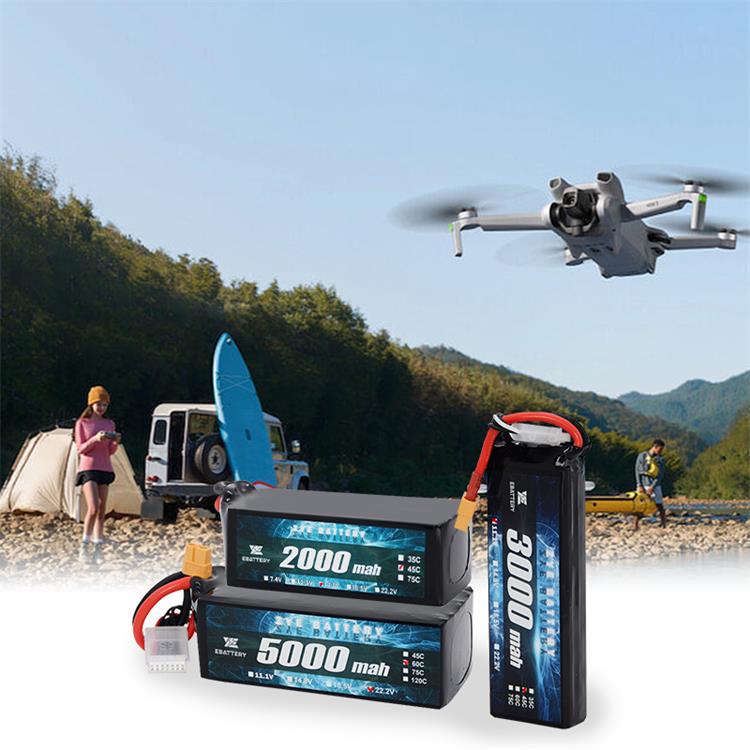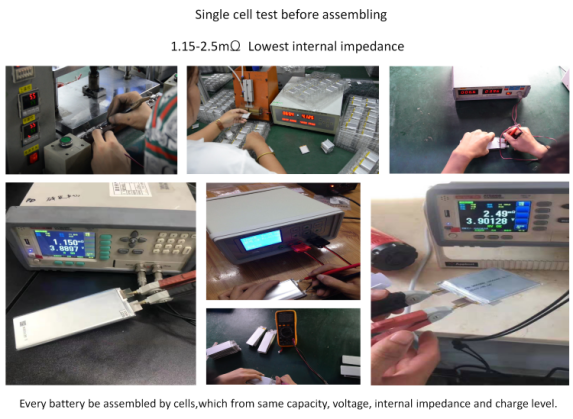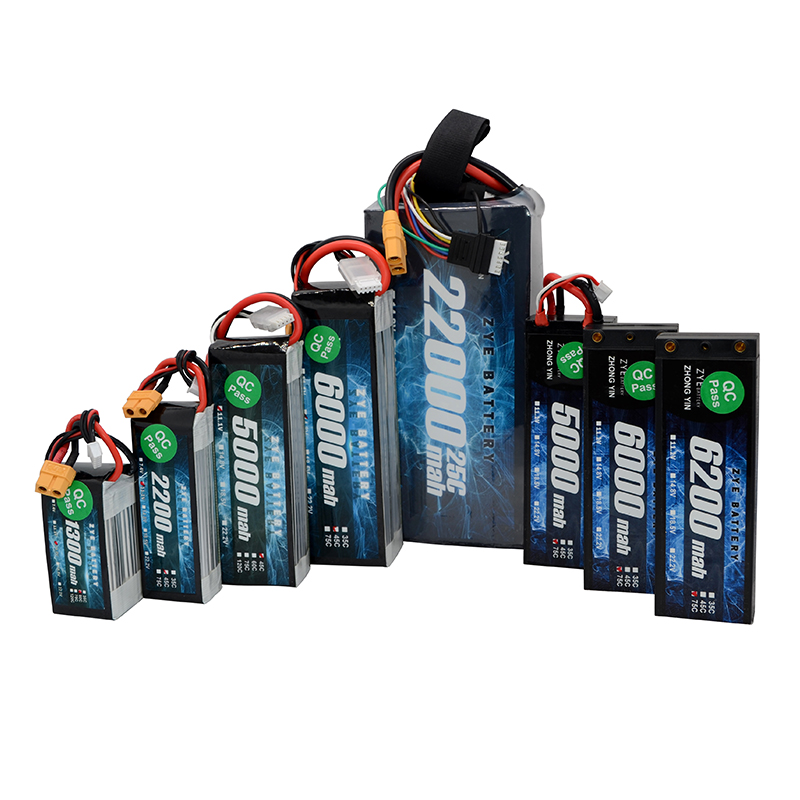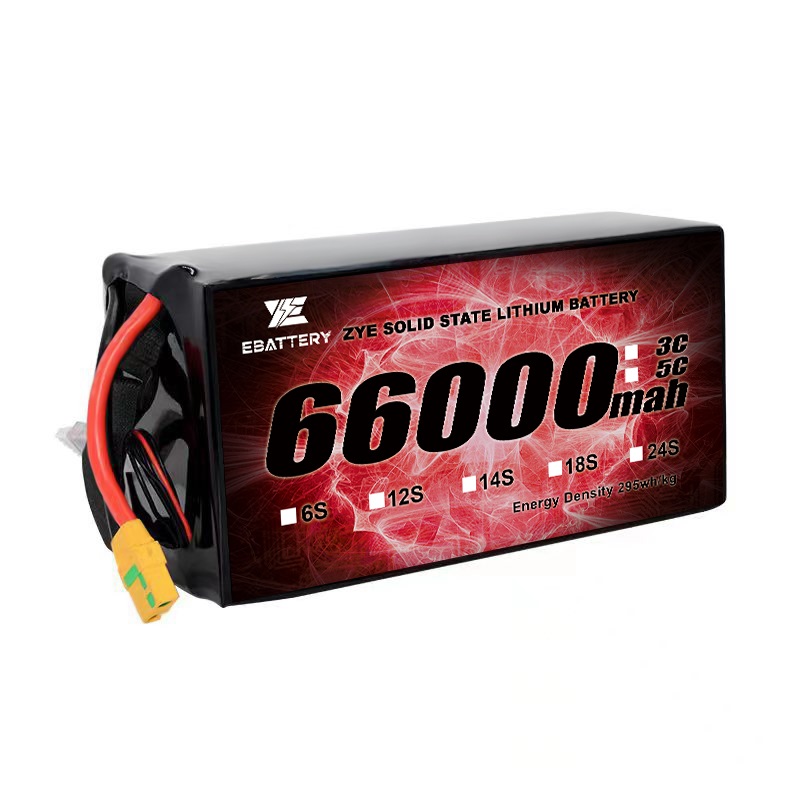Why Solid-State Batteries Are Finally Freeing Drones From Battery Limits
2025-11-17
That’s the reality of drones right now. Lithium-ion batteries got us here—turning drones from toys into tools—but they’re holding us back. Whether you’re a farmer scanning cornfields, a delivery company dropping off packages, or someone who loves taking sky photos, you’ve probably hit the same walls: flights cut short, nerves about battery fires, and drones that turn into paperweights in cold or hot weather.
Using solid-state batteries. This isn’t just a “better battery”—it’s the fix we’ve been waiting for. And after working with drone operators across industries this year, I’ve seen firsthand how it changes the game. Let’s break it down, no jargon—just real wins.
First, let’s talk flight time. A corn farmer in Iowa switched to solid-state batteries for his crop-scanning drone earlier this season. Before, he could cover 40 acres per charge (max 22 minutes in the air) and had to drive back to his truck 6 times a day to swap batteries. Now? He hits 75 acres per charge, with 45 minutes of flight time. That’s cutting his workday by 2 hours—and he’s catching crop diseases earlier because he’s not rushing. For delivery teams, it’s even bigger: A local bakery testing solid-state drones went from delivering to 8 homes per trip to 15. No more turning back mid-route because the battery’s blinking red.
Safety is the other big one—and let’s be honest, it’s why a lot of cities still limit drone flights. Last summer, a delivery drone company near Chicago had a lithium-ion battery overheat in a park. No one got hurt, but it shut down their operations for a week while regulators investigated. They switched to solid-state prototypes, and since then? Zero overheats, even when a drone got caught in a 95°F heatwave. The difference? Solid-state batteries use a non-flammable solid core instead of lithium-ion’s liquid electrolyte—so no more “ticking time bomb” worry when flying over parks or neighborhoods.

Durability is the quiet win that saves money. A construction company using drones to inspect buildings told me they were replacing lithium-ion batteries every 6 months—\(400 a pop. Solid-state? The manufacturer says they’ll last 3 years. Do the math: That’s 400 vs. $1,200 over 3 years. And they handle extreme temps better, too. A search-and-rescue team in Colorado used solid-state drones this winter to look for lost hikers—temps hit 5°F, and the batteries still held 80% of their charge. With lithium-ion, they would’ve died in 10 minutes.
Let’s be clear: Lithium-ion isn’t bad—it’s just outdated for what we need drones to do now. Think about it: Hobbyists can’t explore remote areas without worrying about dead batteries. Commercial operators lose money on downtime (swapping batteries, fixing overheats). And regulators can’t greenlight wider drone use until safety is a given. These aren’t small problems—they’re why drone tech hasn’t scaled like we all hoped.
But solid-state is changing that fast. And it’s not just prototypes anymore. This year, we’ve seen battery makers roll out solid-state options that fit standard drones—no custom rigs needed. The biggest hurdle right now? Cost. Solid-state batteries still run about 2x more than lithium-ion. But here’s the thing: The farmers, delivery teams, and rescue groups using them say it’s worth it. The Iowa farmer calculated he’ll save 3,000 a year in time and battery replacements. The construction company? \)800 a year per drone.

So what’s next? Over the next 2-3 years, battery makers say costs will drop to match lithium-ion. And as that happens, we’ll see drones do things we only talked about before: Search-and-rescue teams staying airborne for hours to cover mountain ranges. Delivery drones dropping off groceries to rural towns that don’t have stores nearby. Hobbyists capturing sunrise-to-sunset footage without stopping.
For the U.S., this is a big deal, too. Securing solid-state manufacturing here means we won’t fall behind in drone tech—something that matters for industries from agriculture to emergency response.
If you’re thinking about upgrading your drone, keep an eye on solid-state options. This isn’t a fad—it’s the future of flying. And if you’ve got questions (like “Will it fit my current drone?” or “How much will I really save?”), we’re here to help. Drop us a line—let’s talk about how solid-state can make your drone work harder for you.
At the end of the day, drones are supposed to make our lives easier—explore more, work faster, help more people. For years, lithium-ion held them back. Now? Solid-state is finally letting them fly free.
























































